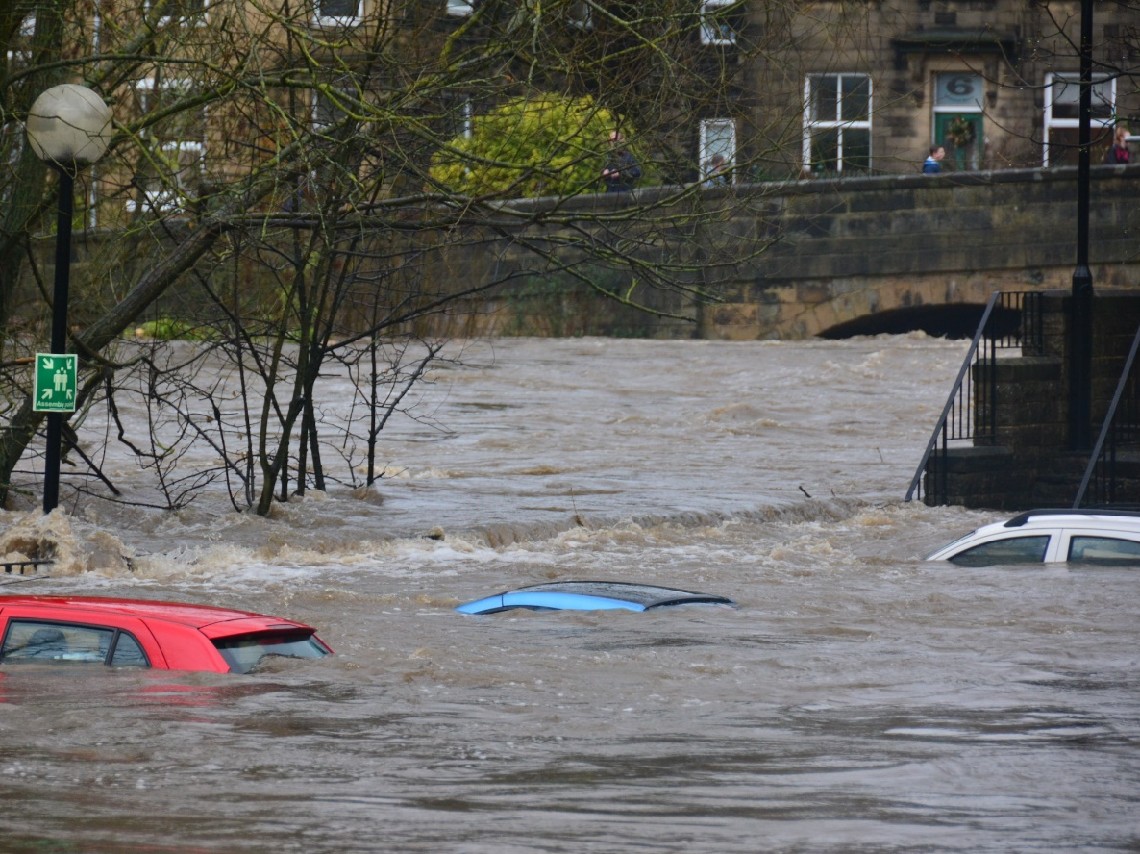
However much we plan and prepare, however efficient we are in our businesses, things will go wrong. That’s life. There will be illness, strikes, inflation, recession, war, pandemics. Then there’s fire, natural disasters (remember the chaos cause by the Iceland volcanos dumping dust all over Europe?),data loss, cyber-attacks, accidents or terrorism.
If you don’t take the time to prepare for a significant and challenging situation or a disaster it could sink your business. The consequences of failure to prepare could be catastrophic. The sort of thing that might happen as the result of a critical incident includes:
- The inability for the business to function
- Reduction in productivity
- Financial loss
- Reputational damage
- Potential legal consequences, particularly if failure to plan and protect data results in regulatory violations
- Death or injury to employees, customers, the public etc.
- Complete data loss.
The businesses with the greatest capacity for recovery and survival in the face of all this are those with business continuity and disaster recovery plans. Business continuity and disaster recovery are clearly linked, but have distinct separate meanings.
Business continuity describes the process a business has identified which will enable it to remain fully operational during and/ or after a disaster. It is a contingency plan for how the business will function. It identifies who will carry out particular roles, where the business will operate from, and what effects this will have on normal business operations.
A disaster recovery plan sets out the process that a company will follow in response to a disaster or other critical event. Disaster recovery plans help to determine your response to the incident or event and provide guidance on returning to usual operations.
When you develop a business continuity plan, consider the following:
- Write a list of all the critical business functions
- Carry out a business impact analysis
- Identify the different crises scenarios and work out how they could interrupt your business operations
- Develop strategies to reduce the impact of any weakness you have identified to maintain functionality in a disaster.
- Identify which employees will implement business continuity processes.
- Give training to those employees
- Review and update your business continuity plan regularly.
When developing a disaster recovery plan, you should:
- Identify who in your business should be part of a disaster recovery team.
- Identify the critical processes and functions that could be affected by a crucial incident or disaster.
- Identify potential disaster risks and consider how they could affect your business operations.
- Create disaster recovery strategies and processes.
- Develop back-up plans and procedures.
- Train your employees.
- Test and update your plan regularly.
You put a lot of time and effort into running a business, but if you’re unlucky and either not prepared or ill-prepared it could all be snuffed out in a moment. The time to develop your business continuity and disaster recovery plans is now, when you have the opportunity to think, plan, organise, train and test. Don’t leave it until you’re on the back foot.
If you’re an employer with HR queries and problems, get in touch!
DISCLAIMER
Although every effort has been made to ensure the accuracy of the information contained in this blog, nothing herein should be construed as giving advice and no responsibility will be taken for inaccuracies or errors.
Copyright © 2023 all rights reserved. You may copy or distribute this blog as long as this copyright notice and full information about contacting the author are attached. The author is Kate Russell of Russell HR Consulting Ltd.
Latest blog posts
- Is There a Santa Clause?
06 / 12 / 2023
- Lend Us a Hand!
22 / 11 / 2023
- What Happens When There is a Clash in Protected Characteristics?
17 / 10 / 2023
- Encouraging a Healthy Workforce 2
21 / 09 / 2023
- Encouraging a Healthy Workforce
23 / 08 / 2023
- What a Disaster - (But We Have a Cunning Plan!)
20 / 07 / 2023
- It’s Time We Stiffened the Sinews
14 / 06 / 2023
- Why Is It So Important to Develop Emotional Resilience?
16 / 05 / 2023
- When is a discretionary bonus not discretionary?
20 / 04 / 2023
- Recovering Training Costs 15 / 03 / 2023
